Information
How to Choose a Frame for Your Artwork
A guide to selecting a high-quality, archival frame that best complements your unique artwork and satisfies your personal taste
When framing a work of art, there are several factors that ought to be taken into account when selecting a desirable frame. To begin with, achieving a complementary relationship between the artwork and the frame itself is of paramount importance. Secondarily, the frame, as an architectural feature that mediates the transition between the real world and the illusionary space of the art, is tasked with the function of both distinguishing and harmoniously incorporating the art within the surrounding space. Lastly, the frame assumes the utilitarian responsibility of protecting the artwork by means of its hanging hardware, UV-resistant glazing, reversible hinging methods, and archival framing techniques. This essay will consider several of the fundamental aspects of selecting a perfect frame for your artwork.
While framing in the modern sense was not consistently implemented until circa the 11th century C.E., often in ecclesiastical settings, frames are now a mainstay in the art world as a way to punctuate and protect a work of art. When considering the form and function of a frame, Michelangelo Guggenheim asserted that “The intention must be to engender a sense of harmony and to concentrate the beholder’s attention on the painting” (Joan M. Marter, The Grove Encyclopedia of American Art, Volume 1, 248). As many framers, artists, and art collectors would agree, a frame best serves its art when it does not distract but instead enhances or underscores the existing narrative.
However, this opinion is not uniformly embraced as 20th-century artist John Bratby demonstrates through his scathing insistence on frames as a “philistine encroachment on the periphery of the picture-surface.” This sentiment is sometimes espoused by artists and collectors of contemporary art who prefer to hang the artwork directly on the wall in order to achieve a sleek, minimal look. However, a similar clean aesthetic can be achieved through a variety of framing methods such as a floater frame or slim aluminum profile. Moreover, the proper hanging hardware and structural support that a frame affords will lend the artwork longevity that would not otherwise be achieved.
Similarly, some art proprietors are known to prioritize the relationship between the frame and the surrounding interior space where the art will hang as opposed to the relationship between the frame and the artwork itself. While decorative consideration is certainly important, ideally it does not obstruct the cohesion between the art and the frame.
With all this in mind, it can be somewhat overwhelming to approach choosing a frame under the scrutinous eye of the artworld. However, there’s no need for reticence as, at the end of the day, the important thing is that you are delighted by your archivally-framed artwork. In order to embolden you on your framing journey, here are several tips for choosing a great frame.
First, if you are unsure where to begin, seek out a framer who can share with you their expertise and understanding of different artistic styles, historical frames, artistic mediums, etc. Often art owners will select a frame that is from the same time period and region in which a work of art was produced. For example, Federalist moldings are a popular choice for our Audubon prints, as seen in the above featured Bonaparte Fly Catcher, because the frame is historically contiguous with the temporal and geographical origin of the 19th-century American print. As a result, the art and frame work in tandem to conjure the historical pedigree of the artwork.

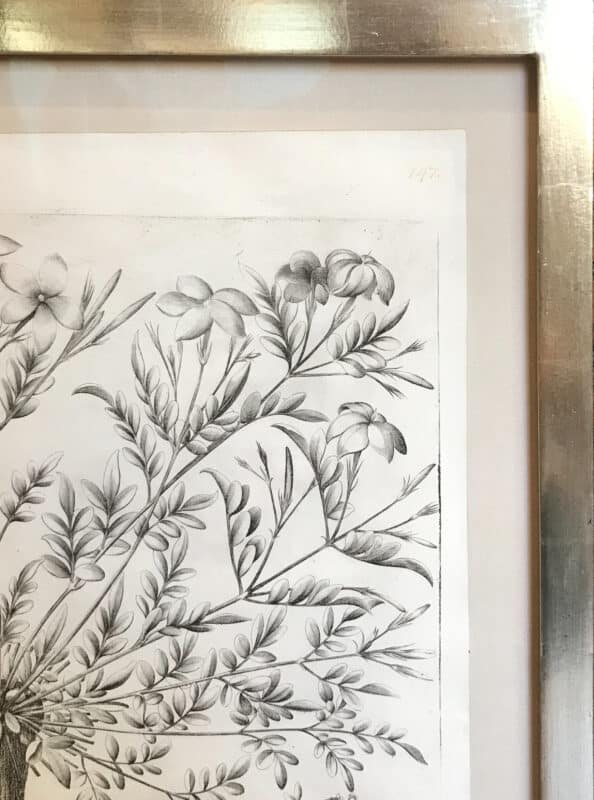
In contrast, antique works of art can also be framed with modern moldings that result in a refreshing dichotomy of old and new. Displayed above is a 17th-century print by Basilius Besler framed in a Modern White Gold Flat Top frame. The sensuousness of a taupe silk mat, along with the clean, delicate finish of the frame emphasizes the prints natural tactility and elegant linework all while presenting the artwork for placement within a modern setting.
Secondly, selecting the appropriate dimensions for your frame will influence the way it presents in your environment. For example, if you are framing a collection of a dozen prints, perhaps you might opt for a sleek, subtle frame that really allows the works of art to speak in unison without the overt division of the frames partitioning one from the other. On the other hand, if you’re framing an oil portrait of your grandfather that will hang in a dimly lit parlor, perhaps an ornate gilded frame will give the artwork the presence it deserves in such an environment. Selecting a larger or smaller frame width can significantly influence the statement the artwork makes.
Thirdly, and arguably most importantly, the frame and associated materials must be archival if the artwork is to be preserved. Many materials such as canvas, paper, and wood panel will crack, warp, and mold as they age and are exposed to the elements. Consequently, it is necessary to preserve artwork – whether it is a painting on canvas or print on paper – by using archival methods and materials.
In order to ensure the artwork is protected, it is necessary to select an ultraviolet-filtering glazing material such as Museum Glass or Optium Acrylic. This will prevent detrimental sun rays from fading, embrittling, or yellowing the artwork. Additionally, the use of acid-free materials is paramount for ensuring the safety and longevity of works on paper. Lastly, a properly insulated frame will include a thermal layer to minimize temperature differentials and protect against exposure to moisture. Likewise, appropriate spacing is necessary for air circulation to prevent mold growth from humidity.
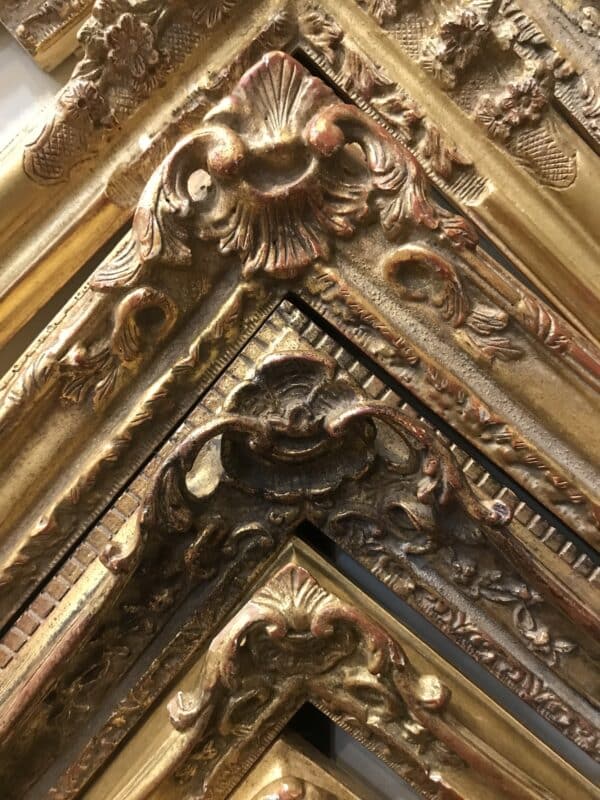
Lastly, when choosing a frame, it is assuring to bear in mind that nearly all aspects of finished-corner frames are customizable. Whether you would prefer a Waxed Walnut finish over Gold Leaf, or a heavily Antiqued finish over a glossy burnished one, we provide uniquely tailored frames that meet your specific framing needs. As a result, it can be helpful to consider the aspects of a frame that you do like and those that you do not so that your framer can present you with options that might not be evident by simply browsing the frame samples. Rather, a unique concoction of your preferences can act as our recipe for your customized frame.
To learn more about our framing services please visit this informational page or give us a call at 312-642-5300.

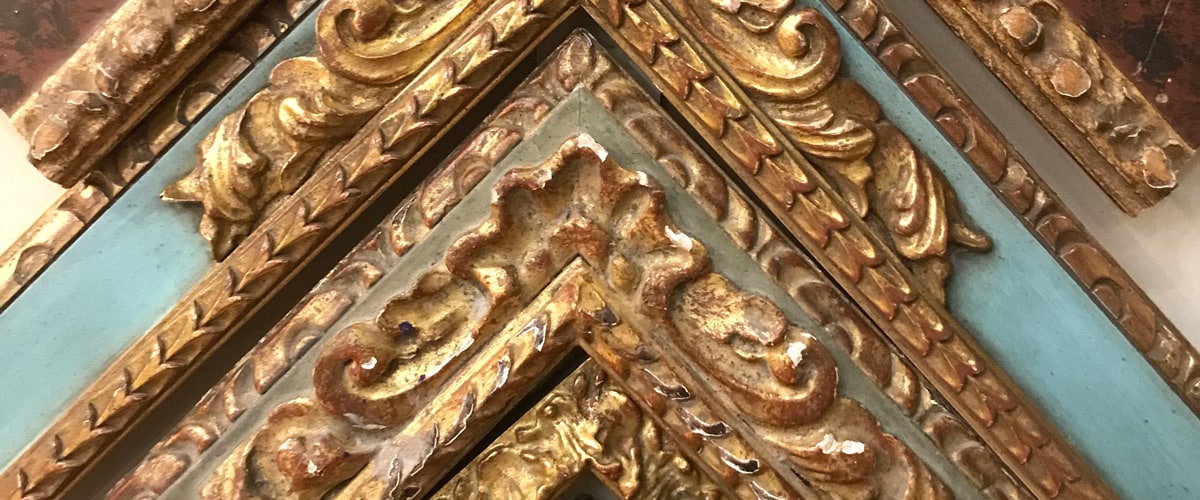
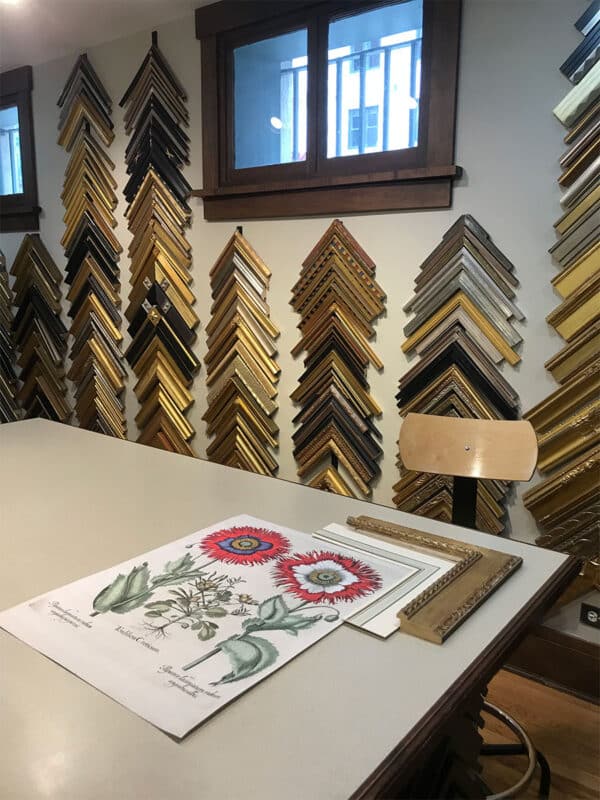
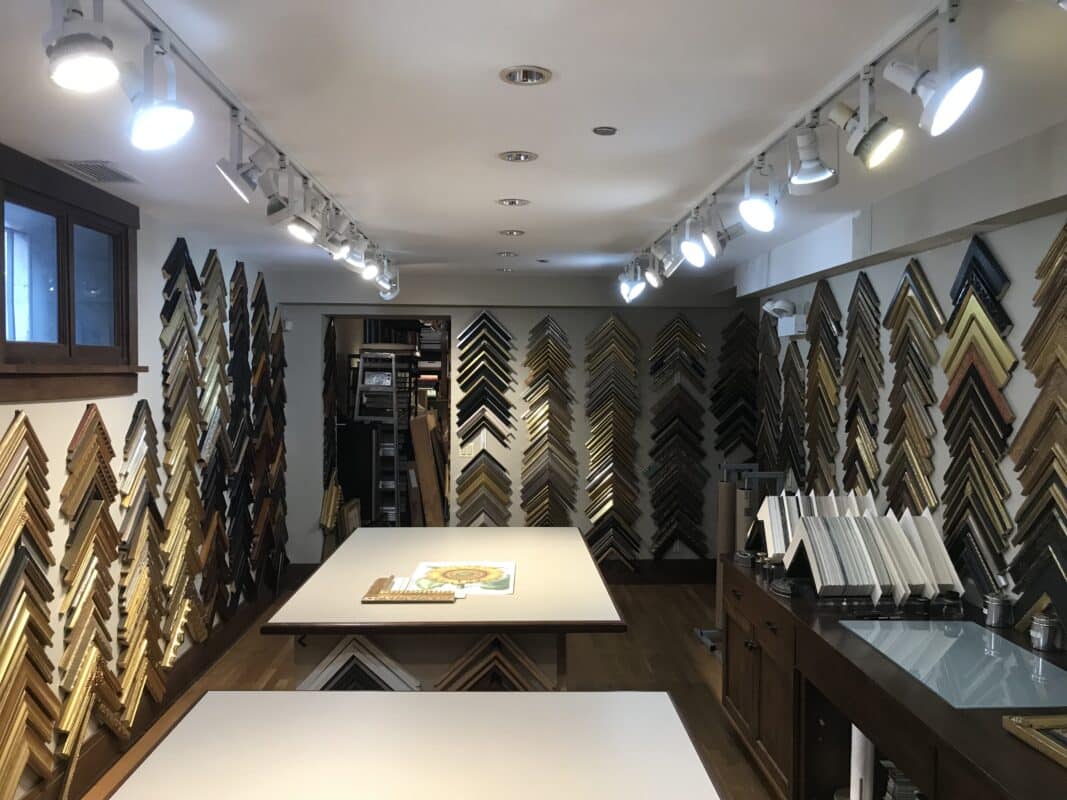
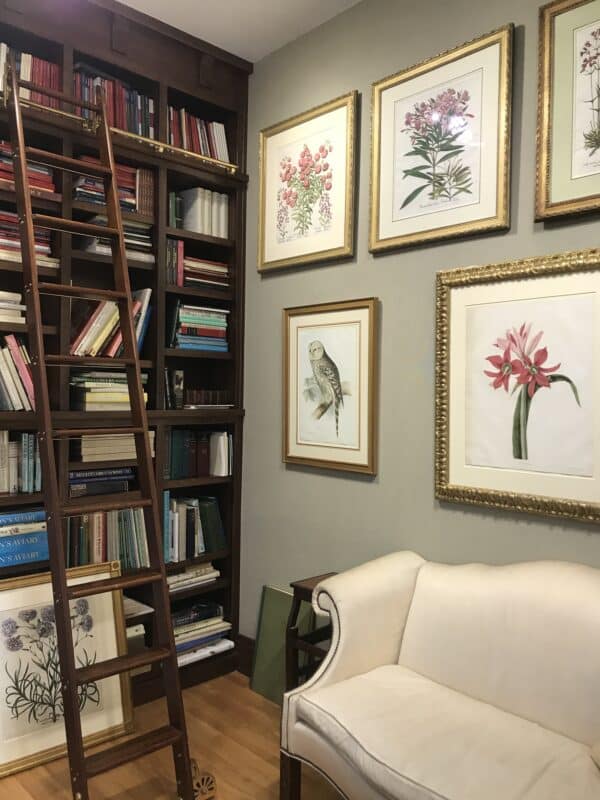
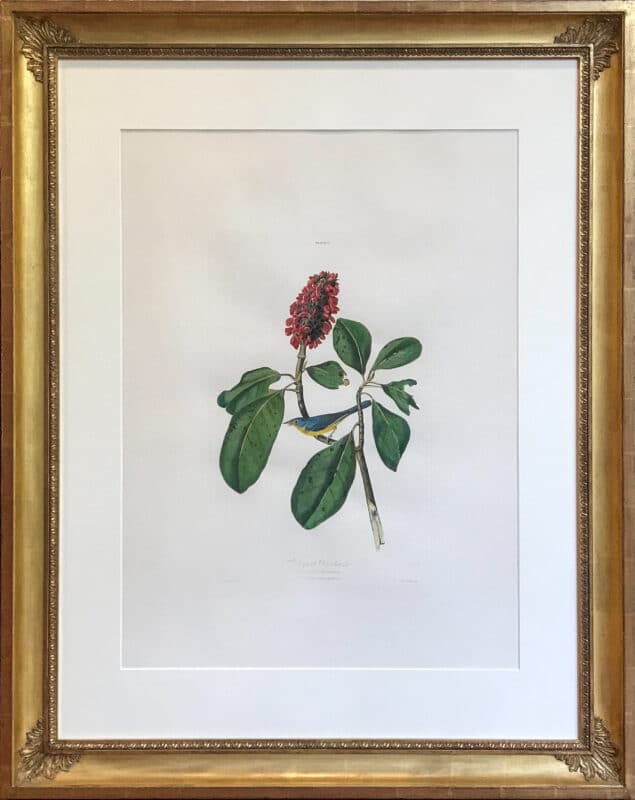
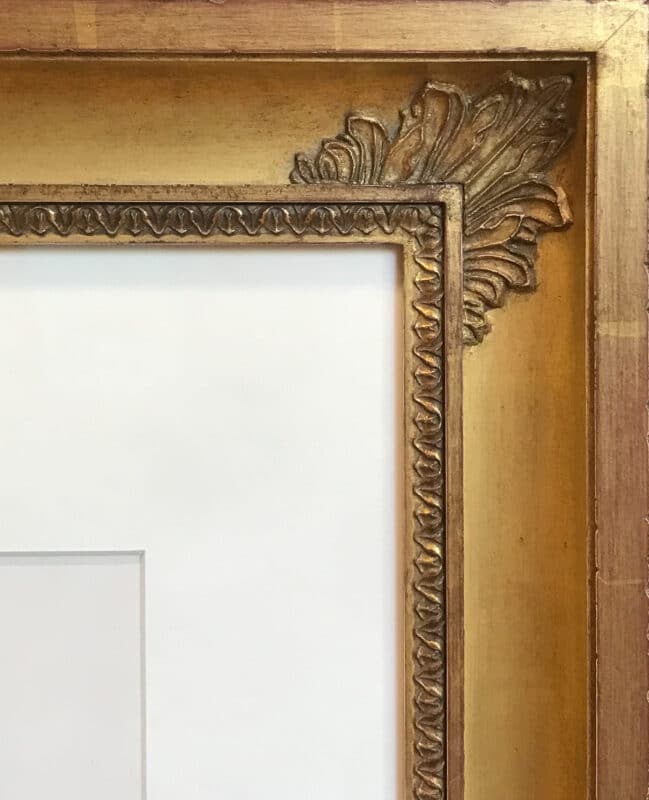

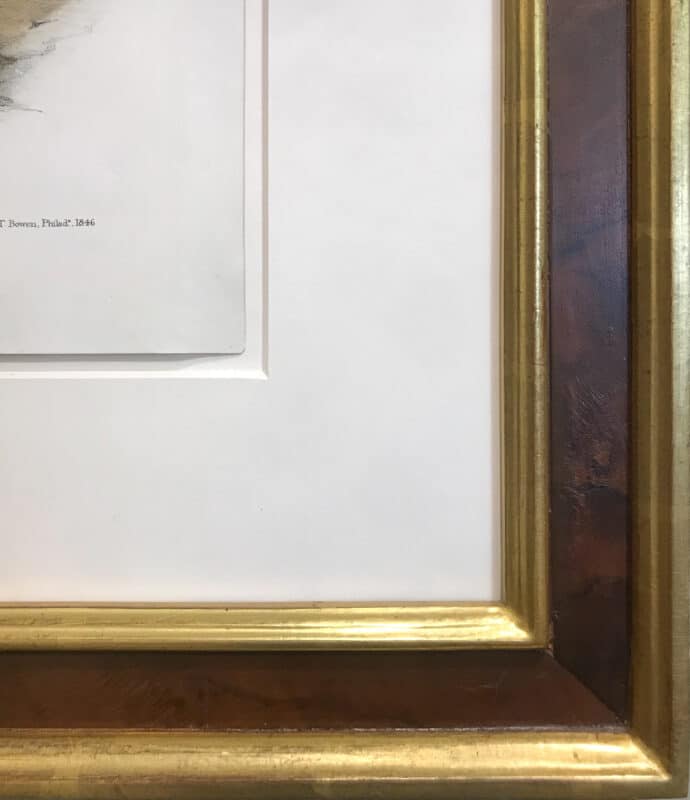
Not long ago, my aunt decided to open a gallery downtown, but she’s still looking for some missing art pieces. In the meantime, she wants to find new frames for the paintings, so I think she’d like to read your advice. Thanks for the information on making sure our artwork is protected with the right frame.